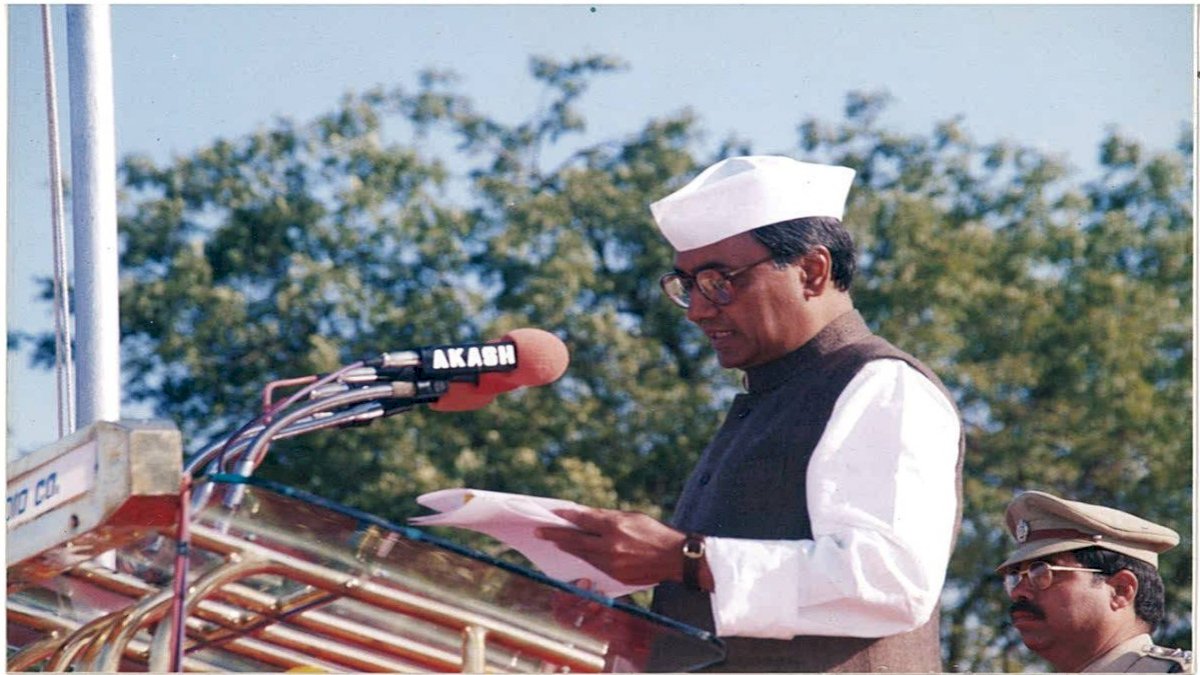
आर्थिक एवं औद्योगिक विकास: समग्र विकास के लिये मध्यप्रदेश की नई आर्थिक विकास नीति घोषित की

From 1993 to 2003, Digvijaya Singh served as the chief minister of Madhya Pradesh. During his tenure, Madhya Pradesh broke away from the ranks of under-developed states, and joined the league of developing states with major achievements in the education, health and employment sectors. A lot of good governance practices were introduced that earned the state national and international recognition. Here are some of the land mark initiatives:-